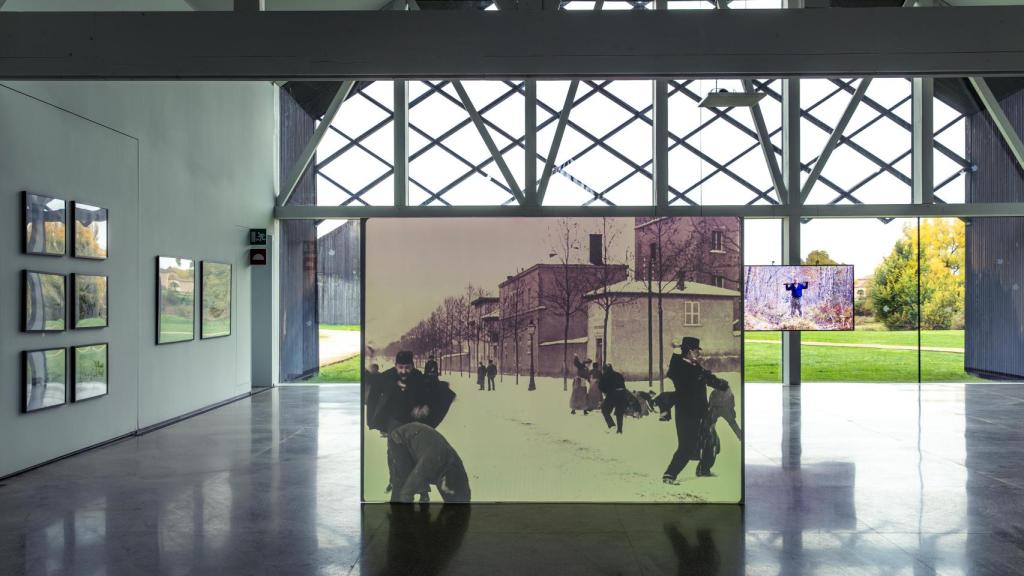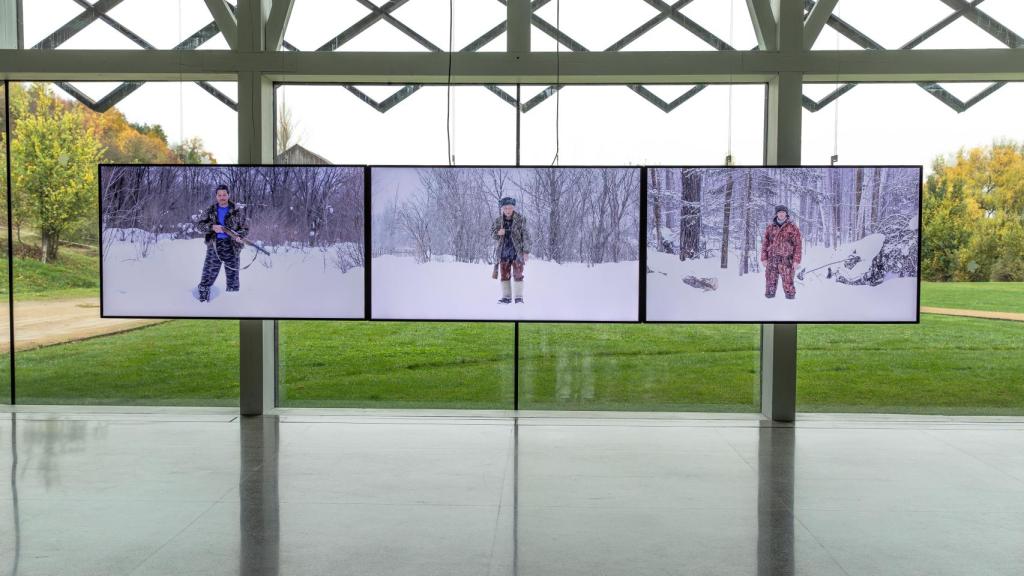“All Saints’ Day, snow on the hills,” says the popular proverb around this time. But it no longer winters like it used toor every year winter is delayed a little later. Where Are the Snows of Yesteryear takes its title from the verses of the medieval poet François Villon, reaffirming this feeling that any past was always whiter.
This nostalgia for a mythical, extinct time, that of a childhood of great snowfalls and icicles that we have never seen again, now appears in this essayistic exhibition.
that this atmospheric phenomenon deserves an exhibition This is attested to by its own narrativity throughout the centuries in a multitude of poetic, literary, philosophical, film and artistic references.
Due to its geographical location and connection to the territory, the Cerezales Antonino y Cinia Foundation is the ideal headquarters for a project with this theme. We introduced ourselves to the art of narration, when the Story seemed to have a certain thickness, or when every good narrator begins his particular story with “that day a big snow fell.”
Curator Alberto Ruiz de Samaniego, doctor of philosophy and professor of aesthetics, presents the exhibition as a three dimensional writing exercise where quotes, films, sculptures, paintings and photographs are intertwined; an open constellation full of correspondences trying to be synthesized into a given form and continent.

Clarence L. Andrews: ‘Snowman’, 1902 (University of Oregon), and Lumière brothers: ‘Bataille de Boules de Neige’. 1896. Photo: FCAYC Archive
The exhibition route is linear: from the fall of the first flakes to the impatience of going to the snow, the subsequent childish game of ball battles and making snowmen, to end in profound silence and whiteness of the mantle at the moment of death.
In this last episode there is no shortage of Robert Walser dead in a snowy field, and the sad final monologue of Dubliners (The Dead), cinematic epitaph by John Huston, whose script read: “The camera rises into the night sky until the snowflakes fall directly into the lens. It turns off. The end.”

Installation view. Photo: FCAYC Archive
The literary imprint comes to the fore at every point along the way. through authors such as Julio Llamazares and Antonio Gamoneda, lovers of the cold and the elements. Among the works of art it is worth highlighting the Igloo of the Palace of Jewels by Mario Merz, from the Reina Sofía National Museum in Madrid, and Sledsthe sleigh with felt blanket, lantern and grease by Joseph Beuys that comes from the Kunstmuseum Bonn, two iconic works in the history of art which, de facto, become small milestones in the relatively young career of this Leonese foundation.
Although the space is what it is, the great central nave, perhaps it is cast greater specificity is lacking in some audiovisualsmore like projections and less like documents on a screen. I think of the film by Inés García inspired by the verses and music of Winter trip by Schubert, or the incredible short film Snow by Geoffrey Jones about the 1963 efforts of British railway workers in the midst of a cold snap.
In any case, when the first snow falls on the place, all the content, the continent and its surroundings will merge into one thing, into a single integrated entity. So, the exhibition will find its ideal climate and abode.

